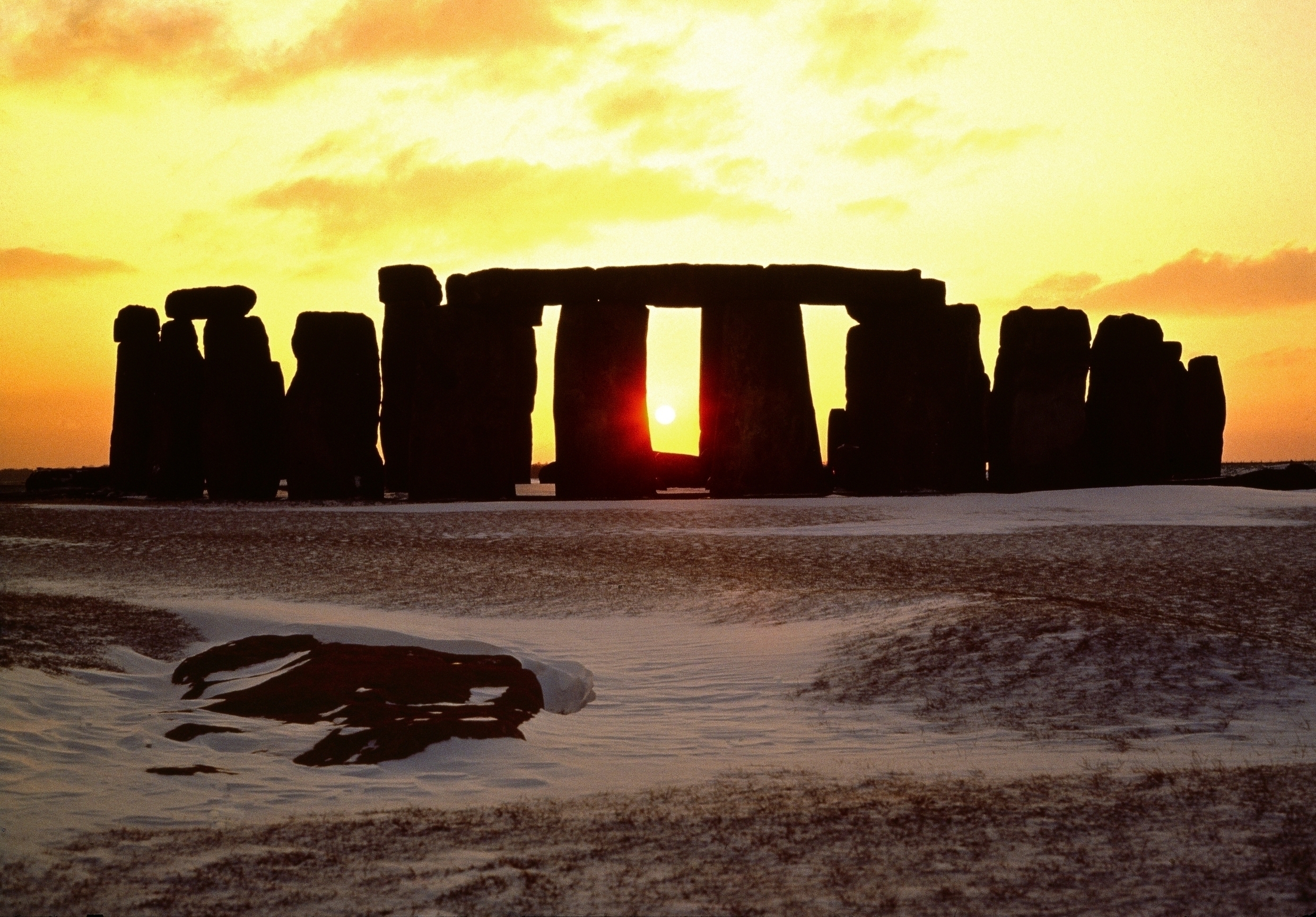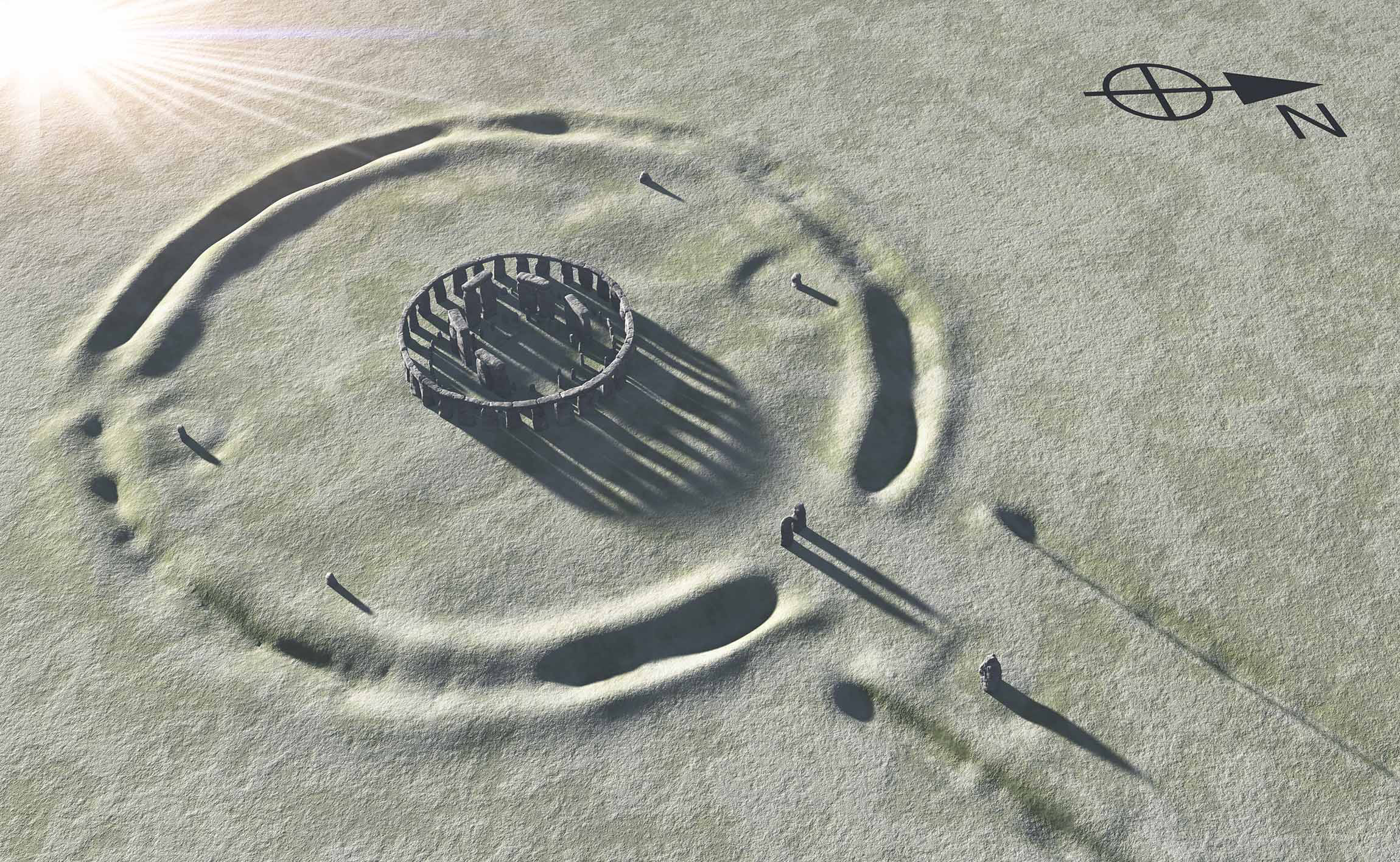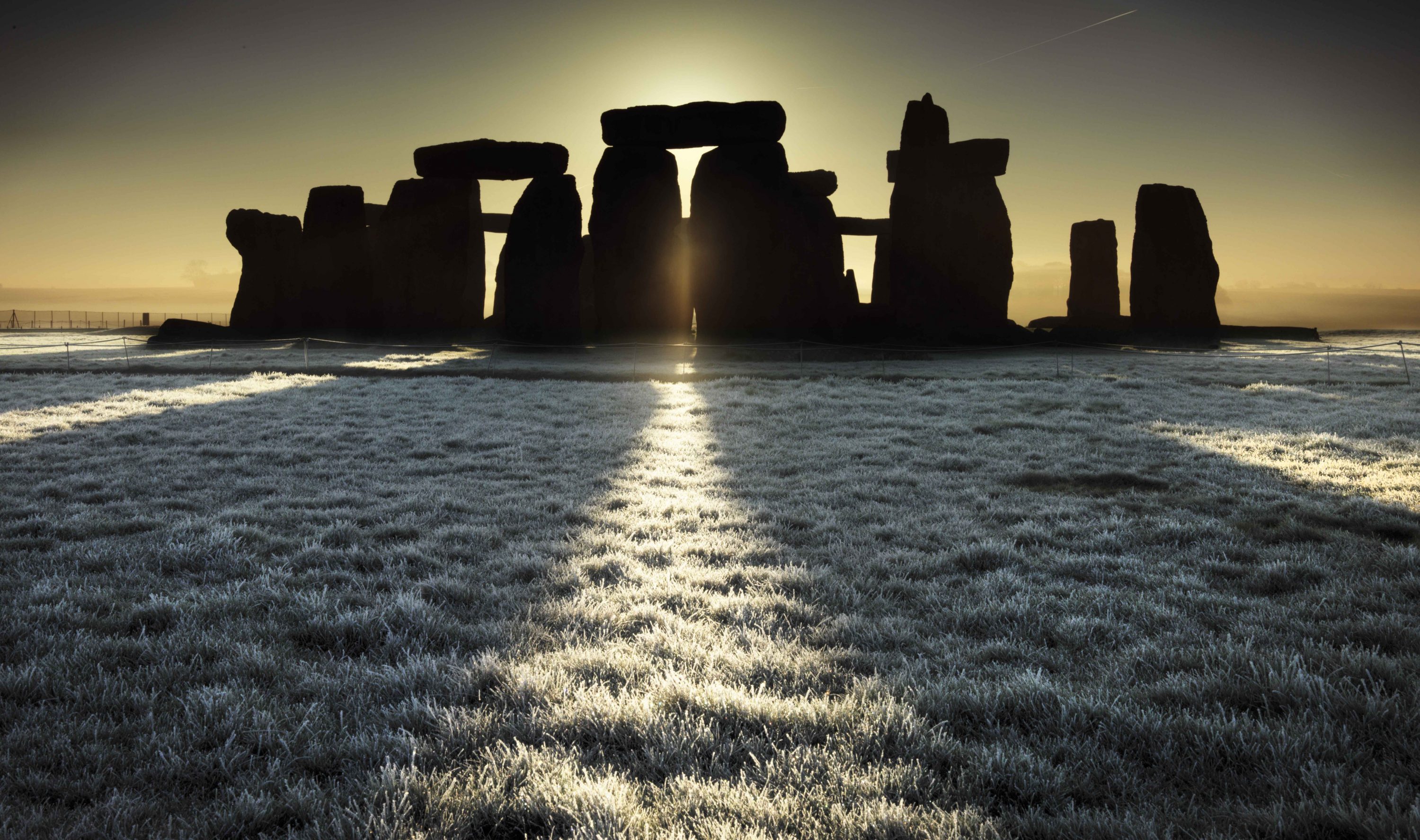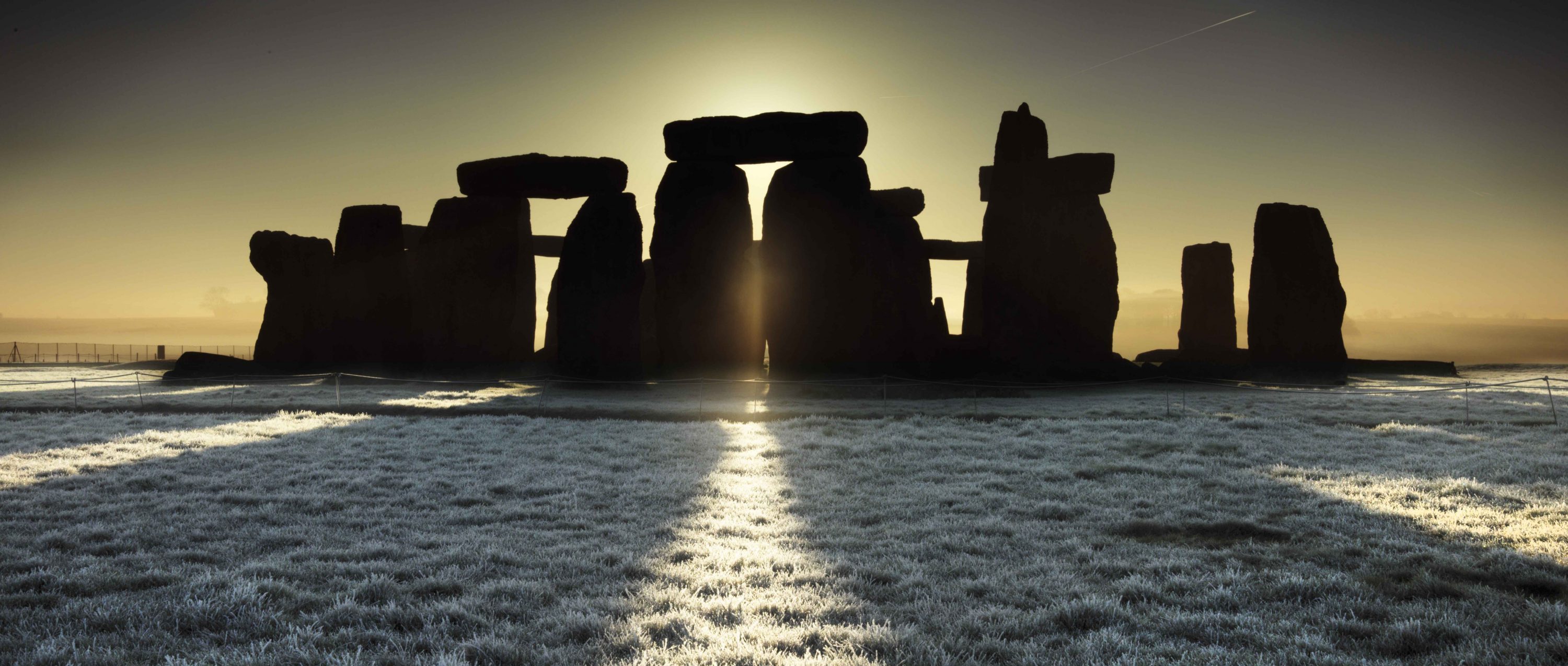Back in 2017, for the winter solstice, we partnered with English Heritage to celebrate The Sun: Living With Our Star a blockbuster exhibition that was on display at the Science and Industry Museum in Manchester.
English Heritage curator Heather Sebire explains the significance of the winter solstice and the role of the Sun in this important event.
Winter solstice at Stonehenge

Many people will gather at Stonehenge on Saturday morning to celebrate the winter solstice. Stonehenge the great prehistoric stone circle set in a complex prehistoric landscape in central Wiltshire is built on a solstitial alignment. Within the circles of stones, the great sarsen outer circle with its lintels joining the uprights together and the smaller bluestones forming an inner circle, stands a majestic horseshoe of huge trilithons. Trilithon literally mean ‘three stones’, from the Greek, and consists of the iconic two uprights or orthostats held together by a single lintel which form the centre of the temple.
What is the Solstice alignment?
At Stonehenge, the solstice alignment means that at the time of the summer solstice in June when the sun is over the Tropic of Capricorn, it rises and shines through the centre of the stone circle. Many people think that the sun rises above the Heelstone just outside the circle but in fact it rises along the axis of the sarsen monument to its left. We know from archaeological excavations that the Heelstone was one of a pair, one standing on either side of the axis and there were other stones in front of the circle either side of this alignment which would have given the impression that the sun was following a corridor between the stones.

This is repeated at the winter Solstice when the sunset is visible through the centre of the stone circle when you stand with your back to the entrance and with the Avenue dropping away behind you.
The summer solstice is seen as a time of mid-summer celebration and probably was celebrated as such in ancient times. It attracts many thousands of people in modern times, who come to Stonehenge to celebrate the longest day of the year. However it is more likely that the builders of Stonehenge regarded the mid-winter sunset as more important. These were the first people who were farming, rearing domestic animals and growing crops for food. They would have known that the midwinter sunset marked the turning of the year and so the days would get longer and the weather would improve and spring would come round again.
Who celebrates the winter solstice today?

Many people come to Stonehenge to celebrate the mid-winter sunset as part of the run up to Christmas and the holiday season. However, it is the Druid and pagan communities who particularly celebrate the return of the sun in the sky from it furthest point in the southern hemisphere. There are several days when the sun seems to stand still and it rises and sets at the same time. It then starts to move back to the northern hemisphere. They celebrate the return and ‘rebirth’ of the sun and all the awe and mystery it brings.
Stonehenge is not the only megalithic monument where the mid-winter sunset is revered. The great prehistoric tomb at New Grange in Ireland is orientated on the mid-winter solstice as is the great cairn at Maes Howe in Orkney.
Discover more through our YouTube series Our Relationship with the Sun.
Header image: Stonehenge © English Heritage, credit James O. Davies
